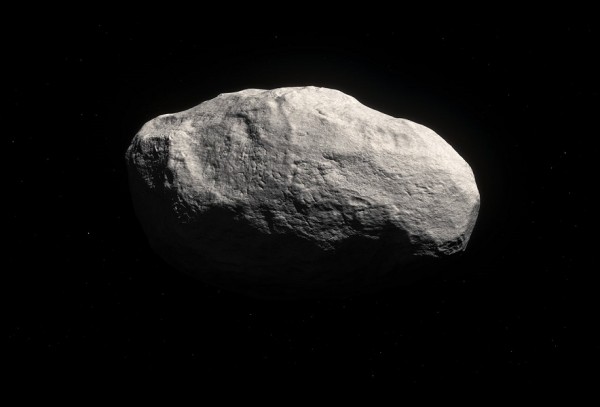By Ana Verayo, | May 02, 2016

Artist's impression of the unique rocky comet C/2014 S3
Astronomers recently discovered a comet with no tail, making this discovery the first of its kind, which can also offer new insights about the birth and evolution of the solar system.
Scientists now dub this comet the "Manx", which is also named after a certain breed of cats that are born without tails. The Manx is composed of rocky materials that are commonly found near our planet as most comets are made from ice and other frozen elements and compounds that originate from the outer reaches of the solar system.
Like Us on Facebook
This newly discovered comet is believed to be formed within the same region where Earth also began, however, this comet was possibly thrown off by powerful gravitational forces from planets, creating a slingshot, that disturbed it from its original position near Earth.
The scientific team who discovered this comet are now also searching for other Manx comets that are possibly existing near the solar system which can provide more proof how the solar system has been established in its current location in the Milky Way galaxy.
According to Olivier Hainaut from the European Southern Observatory in Germany, it all depends on how many will be detected after this search, then we would know if giant planets were jumping around across the solar system or if they rarely moved from their current positions.
The Manx or comet C/2014 S3 was detected by the PAN-STARRS telescope (Panoramic Survey Telescope and Rapid Response System) in 2014. This telescope array's main mission is to search the night skies for near Earth objects such as comets, asteroids, meteors and other cosmic bodies.
Comets that also come from the same region where Manx also dwells in naturally develops bright, glowing tails during their approach to the sun which is caused by ice vaporizing rapidly from the surface of the comets and releasing particles that reflect from sunlight.
However, in the case of C/2014 S3, it was already dark and dim, with a non-existent tail that is twice as far as the distance of the sun from Earth. Further analysis reveals that Manx did not possess normal ice found on most comets but it contained material that are similarly found in rocky asteroids that are found in the major asteroid belt between Mars and Jupiter.
Since the Manx appeared to be in pristine condition, this suggests that it has been frozen for a long time, according to lead author of the study, Karen Meech from the University of Hawaii. Meech also adds that the team will be on the lookout for additional Manx comets to incorporate them into computer models, to create an updated simulation of the solar system's evolution.
This new study is published in the journal Science Advances.
-
Use of Coronavirus Pandemic Drones Raises Privacy Concerns: Drones Spread Fear, Local Officials Say

-
Coronavirus Hampers The Delivery Of Lockheed Martin F-35 Stealth Fighters For 2020

-
Instagram Speeds Up Plans to Add Account Memorialization Feature Due to COVID-19 Deaths

-
NASA: Perseverance Plans to Bring 'Mars Rock' to Earth in 2031

-
600 Dead And 3,000 In The Hospital as Iranians Believed Drinking High-Concentrations of Alcohol Can Cure The Coronavirus

-
600 Dead And 3,000 In The Hospital as Iranians Believed Drinking High-Concentrations of Alcohol Can Cure The Coronavirus

-
COVID-19: Doctors, Nurses Use Virtual Reality to Learn New Skills in Treating Coronavirus Patients







